davholla
Been spending a lot of time on here!
- Joined
- Jun 16, 2015
- Messages
- 1,562
- Reaction score
- 1,390
- Can others edit my Photos
- Photos OK to edit
I have tried to freeze wings of insects in flight whilst using flash. However I can't use more than 250 shutter speed with my speedlite (it won't go faster).
Any ideas on how I can use a flash with a higher shutter speed
 EF7A3401_Male_Hairy_Footed_Bee by davholla2002, on Flickr
EF7A3401_Male_Hairy_Footed_Bee by davholla2002, on Flickr
Any ideas on how I can use a flash with a higher shutter speed
 EF7A3401_Male_Hairy_Footed_Bee by davholla2002, on Flickr
EF7A3401_Male_Hairy_Footed_Bee by davholla2002, on Flickr



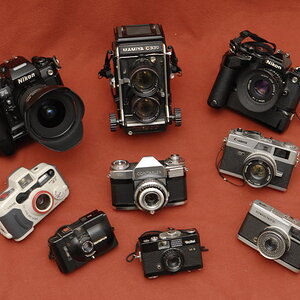
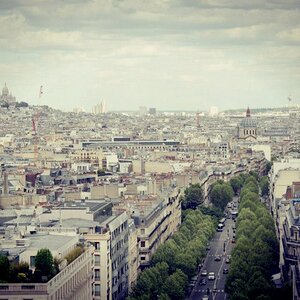
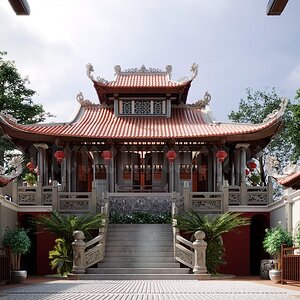
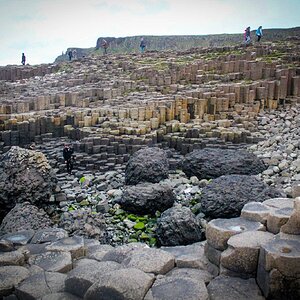
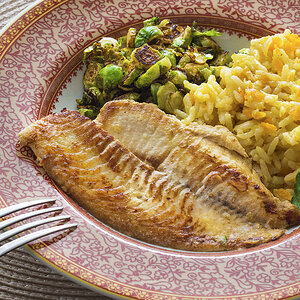
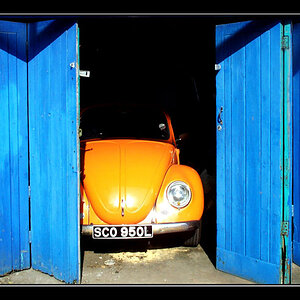
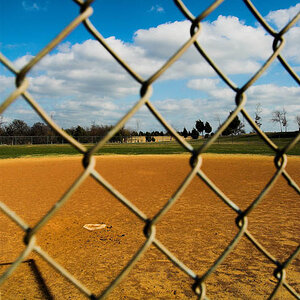
![[No title]](/data/xfmg/thumbnail/39/39188-ef8378fc9359eda8e99899c2e12f3892.jpg?1619738906)
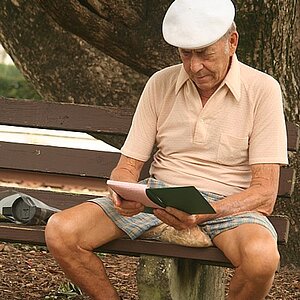
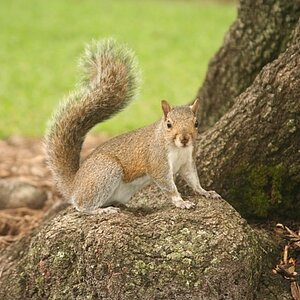
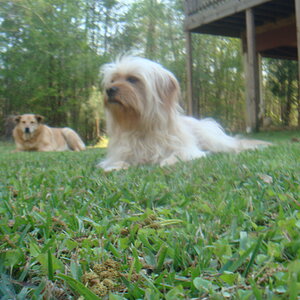
![[No title]](/data/xfmg/thumbnail/39/39191-629bf2c0bb5afb4619be296cd91b9517.jpg?1619738907)